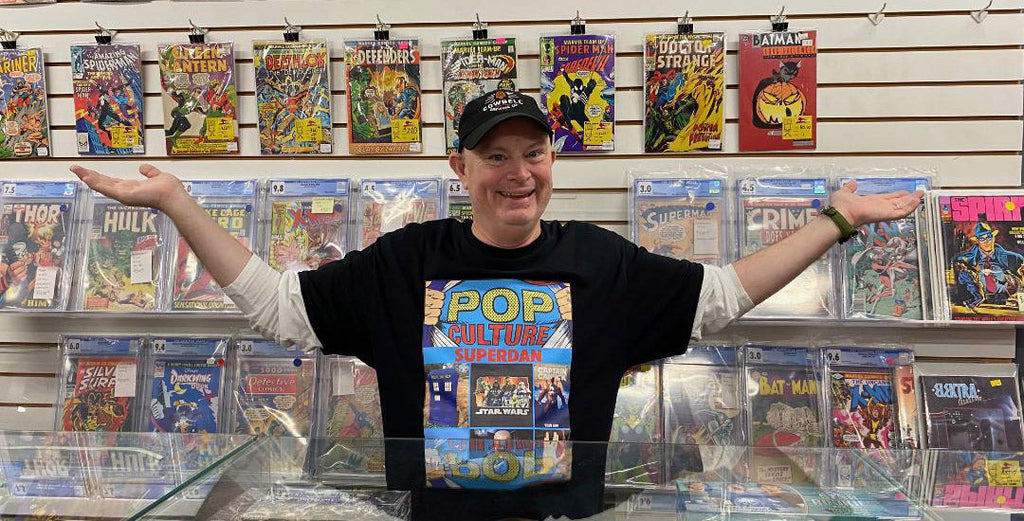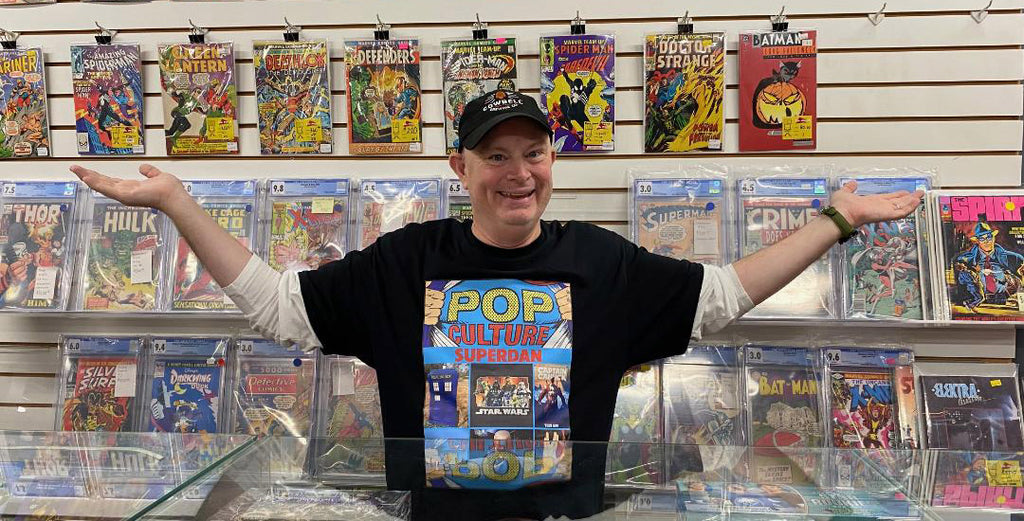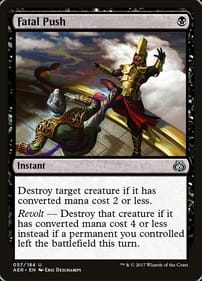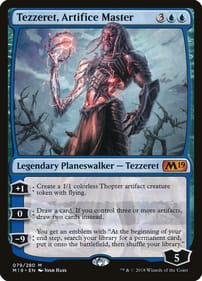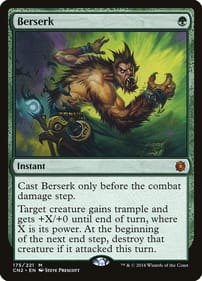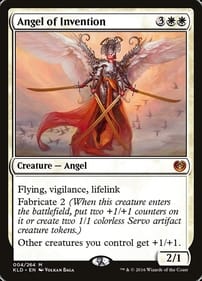Boyd’s New Graphic Memoir is so Groovy
By Dan Brown. If you’re a child of the 1970s, you’re going to love D. Boyd’s Denniveniquity. This new graphic memoir covers the years 1977 to 1980 in the comic creator’s life growing up in Saint John. Boyd, now a Montrealer, captures the Me Decade better than any other artist, on par with filmmaker Richard Linklater – the guy who directed Dazed and Confused. The book begins when button-nosed Dawn is in Grade 7. She has a crush on movie star Gene Wilder and has seen Star Wars three times. Her favourite band is Trooper. Boys like to grab her developing breasts – “WONKA WONKA!!” one yells as he assaults her in the school hallway. Her mother is relentlessly negative. “You’re too young to look so matronly,” she chides. “Boys are only going to want one thing from you.” The book follows Dawn as she navigates each new grade. There are moments of glee, as when classmate Robbie Allen calls her on the phone at home. And moments of frustration: “Isn’t there anything I’m good at?” she wonders after failing to master downhill skiing. Denniveniquity rewards close reading. Each panel is carefully crafted to reinforce the feel of the era in which Dawn grows up. If, like me, the first full decade you lived through was the 1970s, this book is going to be a thrill. Boyd packs each panel with detail. There’s an April Wine T-shirt. A scene at a Trooper concert (there’s also a discussion of the proper way to pronounce lead singer Ra McGuire’s first name). Keen-eyed readers will also spot a reference to Meco’s galactic funk on the back of a newspaper page. Farrah Fawcett-Majors gets a mention, as do TV shows like Soap and Grizzly Adams, and the Hamilton band Teenage Head. It was the decade of faux wood panelling on station wagons, Participaction, KMart, Joe Clark, Jimmy Carter, the Amityville Horror, and Fotonovels. In one explosive splash panel, as the New Year’s countdown approaches and 1980 beckons, Dawn sees the pop culture of her childhood flash before her eyes. “Wow, the ’70s are over,” she marvels. “That was most of my childhood.” And, of course, Dawn gets drunk for the first time by invading her parents’ liquor cabinet in the basement bar. Nor can her young mind understand the unwritten rules of friendship and dating. “Whatever I like about him seems to be the same thing I hate about him,” she says of her on-again, off-again boyfriend Nick. But more than getting the specifics of the 1970s in Canada right, Denniveniquity nails the sensation of how time passes for a young person. Boyd pulls this off by omitting clunky transitions, just as the developing brain does. She glides effortlessly from one scene to the next, and the reader never feels something is missing. It all makes sense. The only other comic creator who was able to do the same as masterfully is Gilbert Hernandez with his childhood recollections in Marble Season. Denniveniquity covers some of the same ground as Boyd’s 2019 book Chicken Rising, but don’t let that deter you. It is also published by the East Coast’s Conundrum Press. I give it my highest recommendation. This book belongs in the same conversation as Jillian and Mariko Tamaki’s This One Summer, Michel Rabagliati’s Paul Moves Out, and Seth’s ongoing Nothing Lasts in Palookaville. With Jeff Lemire’s new autobiography looming in July, this is shaping up to be a landmark year for graphic memoirs by Canadian comic creators! Dan Brown has covered pop culture for more than 32 years as a journalist and also moderates L.A. Mood’s monthly graphic-novel group.
Maurice Vellekoop’s Coming-of-Age Story Mirrors That of Toronto
By Dan BrownI’m So Glad We Had This Time Together is the story of one man, but also a city.The graphic memoir, released earlier this year, describes how future visual artist Maurice Vellekoop grew up closeted in a strict Dutch immigrant family in Toronto. The experience haunts him for much of his adult life.As Vellekoop comes of age, so does his hometown; his sexual awakening coincides with Toronto’s arrival on the world scene.These dual narratives make for compelling reading. It doesn’t happen often that I’m so engrossed in a graphic novel I lose track of time, but that’s the kind of hold the book had on me.It’s one of the few comics of which I can say: I wish it went on longer.As a young boy, Vellekoop’s imagination is fired when his father takes him to see Walt Disney’s Fantasia. It was “an experience that more or less set the course for the rest of my life,” he explains.Vellekoop’s drawing style reminds me of that of Seth, arguably the father of Canada’s autobiographical school of graphic storytelling. Vellekoop uses devices like giving his inner child and his inner demon actual shape and form; they flit about his head as he struggles with contradictory emotions.After years of therapy, Vellekoop absorbs both figures into himself, indicating he is overcoming the damage done by his religious parents.Music, which also looms large in Vellekoop’s life, is portrayed as lyrics dancing across several panels in the book. It’s these kinds of visual innovations that kept this reader engaged for almost 500 pages. The artist/writer devotes a big chunk of that to his childhood, and in a couple sections I wish he had taken extra time to develop aspects of his life as an adult in a more fulsome way.The parallel story here is that of Canada’s largest city, and its queer community.In at least a couple passages, I spotted figures from Toronto gay history like the late Gerald Hannon, who was an instructor of mine when I attended Ryerson University’s journalism school in the 1990s. Partway through his account, Vellekoop makes his home in a cottage on the Toronto Islands. On lonely Saturday nights, he watches movies on TV hosted by Elwy Yost. There’s a mention early in the book of “gay cancer,” indicating Vellekoop is then living under the shadow of HIV/AIDS – even before it was called that. Later on, he has an inner debate about bringing home a stranger from a bar. “What if he’s Toronto’s own Jeffrey Dahmer?” Vellekoop wonders. As we now know, there was a serial killer targeting queer men in Toronto’s gay village for several years, Bruce McArthur.Vellekoop also recounts being gay-bashed on two occasions. The first of these attacks is all the more shocking and disappointing when Vellekoop’s father declines to come check up on his son, leaving him with deep emotional scars.I’m So Glad We Had This Time Together also has the most compelling depiction of talk therapy I’ve ever read. You might think two people sitting and chatting wouldn’t be great material for a comic book, but with devices like flashbacks and the aforementioned personal avatars it becomes a dynamic scene.In Seth’s work he wields nostalgia like a weapon; over the years, he has used the fictional town of Dominion – his answer to the Marvel Universe – to evoke a Canada that never existed but which we can all remember. In Maurice Vellekoop’s new graphic memoir, he likewise uses specific details to paint a vivid portrait not of Toronto, but of a Toronto of the mind, with all its grime, glory and Gerald Hannons. That’s why it has fast become a classic of the genre.Dan Brown has covered pop culture for more than 31 years as a journalist and also moderates L.A. Mood’s monthly graphic-novel group.


